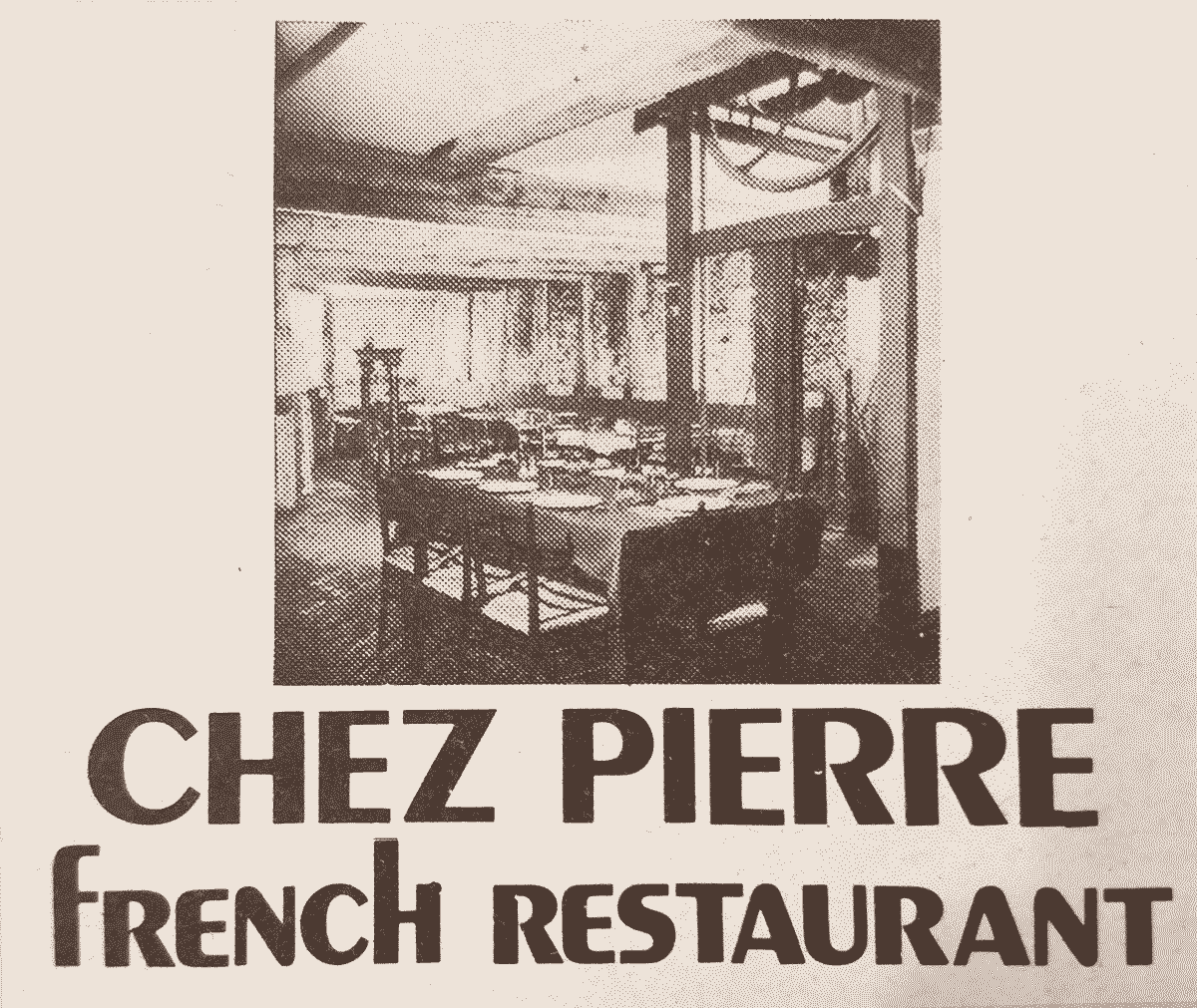History
Built in 1892 from stone and metal, the Stronghouse remains the last surviving intact building in Telluride’s historic Four Corners corridor. We embrace our stewardship of the Stronghouse and recognize its significance as part of Telluride history.
Photo of Telluride circa 1900
Stronghouse circled in red
1892
During boom times in early Telluride, the Stone Warehouse (later known as Stronghouse) opens as storage for goods off-loaded from the newly arrived Rio Grande Southern Railway. The original owner and builder remain unknown; however the construction year is crudely carved into the stone wall. (The date is currently hidden from view behind the bags of grain in the mill room.)
Sam Croy returns to Telluride with his new wife and hangs his name on the door dealing in produce, grain and hay. “Mrs. Croy is a stranger to our people”, notes the local paper, “but ‘Sam’ is well known, having been engaged in the packing business here some years ago.”
1897
1899
Matt Woods, a former and evidently quite popular resident, returns to town and purchases the warehouse business. The Daily Journal delights, “It will be welcome news to the many old friends of Matt to know that he has concluded to remain here. He is still the same old Matt.”
1904
The Telluride Transfer Company acquires the Stone Warehouse in December. Its ownership remains attached to the Transfer Company until 2018.
1905
A fire rages in town after young boys drop a lit cigarette into some hay while spying on a show at the Red Men’s Opera House. The Opera House and adjacent buildings are destroyed. The Stone Warehouse is gutted, yet despite all the flames and water, 1,500 boxes of apples stored in the basement remain nearly untouched. The local paper marvels at the building’s workmanship and its nearly watertight floor. Even today, near the top of the lift, you can still see the char left from the fire.
1906
Fire damage is repaired within weeks and the warehouse resumes its function of storing and selling grain, seed, hay, and produce.
1920-1950s
With their purchase of the Transfer Company, the Schuler Family obtains the Stone Warehouse. The loading dock is positioned to the east, at what is now the front door. Local icon Bill “Senior” Mahoney, who helped build the first ski resort in Telluride, remembers packing in bags of cement as a 14-year old in the early 1940s. The building continues to serve as a storage facility up until the railroad ceases operations in 1952.
1960s
“Bucky” Schuler (“because he was born on the first day of deer season”) houses his offices in the Stone House for a few years. “It was a very cool building,” recalls his daughter. By the mid-60s, Telluride’s population dwindles down to less than 600 residents.
1968
Joe Zoline, founder of Telluride Ski Resort, buys the Transfer Company, including the vacant Stone House. According to a family member, the Zolines christened the old building “Stronghouse” due to its resemblance to a fortress with bars on the windows. Prior to Zoline opening the resort in 1972, skiers access the slopes on snowcats for $7.50 a day including a sack lunch.
1972-1977
Ski instructor and restauranteur, Annie Vareille Savath, opens the doors to Chez Pierre, hailed for its fine French cuisine.
1980s
Tortillas replace baguettes when Bill Berks opens La Paloma Mexican restaurant. A margarita costs $1.75
1993-2004
Telluride Daily Planet sets up its offices in the Stronghouse. Meanwhile, in the basement, InfoZone installs the world’s first rural direct dial-in to the Internet, providing free email and telecomputing access to residents.
2005-2018
Telluride Arts and Stronghouse Studios & Gallery occupy the building, operating as an artists cooperative for painters, sculptors, photographers, fiber artists, and jewelry makers. Visual artists are showcased in monthly gallery shows, while downstairs hosts a music room and recording studio.
2019
Stronghouse Preservation purchases the structure and begins extensive restoration and renovation, reopening as a brew pub in 2020. The authentic 1880s Brunswick bar is 20 ft. of solid mahogany. The brass cash register dates from 1909. On either side of the bar, a large manual lift and oversize scale remain in place, as they did a century ago.










